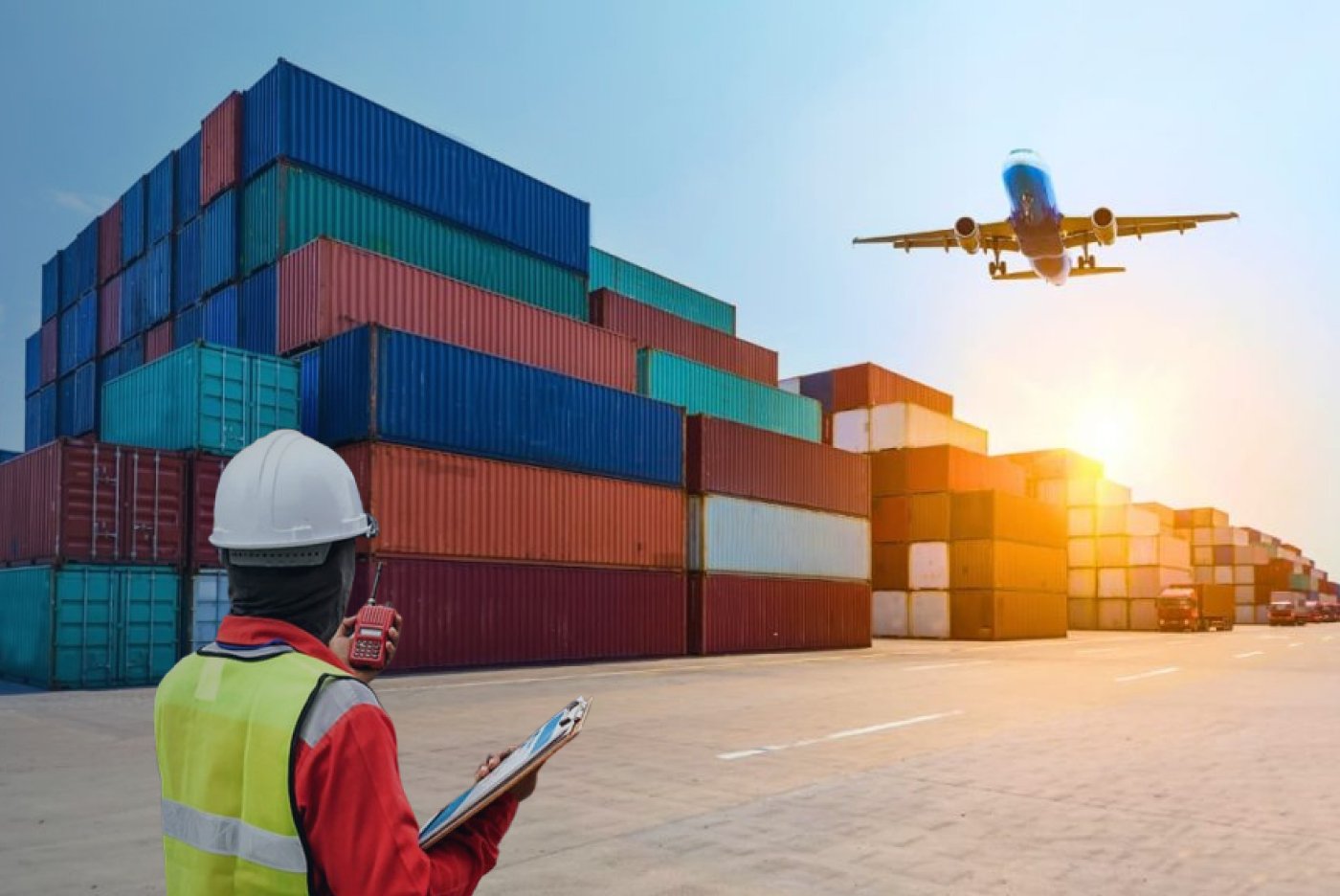
Navigating Customs Clearance in the UAE
The UAE is a global trade hub, thanks to its strategic location and world-class infrastructure. However, one of the critical aspects of ensuring smooth operations in trade and logistics is understanding the customs clearance process.
This blog explores the importance of customs clearance in the UAE, the challenges businesses face, and practical strategies to simplify the process.
What is Customs Clearance?
Customs clearance is the process of preparing and submitting documentation that permits the import or export of goods across borders. This includes paying duties, verifying shipments, and ensuring compliance with the UAE’s customs regulations.
For businesses, efficient customs clearance is crucial to avoid delays, penalties, and unnecessary costs.
Why Customs Clearance Matters in the UAE
As a major logistics and trade hub, the UAE handles significant volumes of imports and exports daily. Efficient customs clearance ensures that goods move seamlessly through ports and airports, contributing to:
- Timely Deliveries
Businesses can meet tight deadlines by avoiding unnecessary delays. - Cost Efficiency
Minimizing demurrage or storage fees associated with delayed shipments. - Regulatory Compliance
Avoiding penalties and ensuring legal trade practices. - Customer Satisfaction
Faster deliveries lead to happier customers and repeat business.
Key Components of UAE Customs Clearance
1. Documentation Requirements
Proper documentation is at the heart of customs clearance. Commonly required documents include:
- Commercial invoices
- Packing lists
- Bill of lading or airway bill
- Certificate of origin
- Import/export permits for restricted goods
2. Customs Duties and Taxes
The UAE imposes customs duties on certain goods, usually around 5%, while others may be exempt. VAT, currently set at 5%, is applicable to most goods.
3. Prohibited and Restricted Items
Certain items are prohibited from entering the UAE, while others may require special permits. It’s essential to check the updated list of restricted goods before shipping.
4. Harmonized System (HS) Codes
HS codes classify goods for customs purposes, determining applicable duties and taxes. Accurate classification ensures smooth processing.
5. Customs Inspection
Goods may undergo inspections to verify compliance with declarations. Proper packing and labeling can facilitate quicker clearance.
Challenges in Customs Clearance
1. Complex Regulations
Understanding and keeping up with changes in customs regulations can be challenging, especially for businesses new to the UAE market.
2. Inaccurate Documentation
Incomplete or incorrect documentation is a leading cause of delays. Errors in invoices, packing lists, or HS codes can disrupt the process.
3. Delays in Inspection
While inspections are essential, they can lead to unexpected delays, especially during peak periods or with non-compliant shipments.
4. Costs of Non-Compliance
Failure to adhere to customs regulations can result in fines, confiscation of goods, or even business disruptions.
5. Restricted and Prohibited Goods
Navigating the complexities of restricted items, such as chemicals or electronics, requires expertise and planning.
How to Simplify Customs Clearance
1. Partner with Experienced Logistics Providers
Working with reliable freight forwarders or logistics companies can simplify the customs process. These partners bring expertise and local knowledge to ensure smooth clearance.
2. Stay Updated on Regulations
Regularly monitor updates to customs laws and tariff codes. Subscribing to official notices or hiring customs brokers can be invaluable.
3. Prepare Accurate Documentation
Double-check all required documents for accuracy and completeness. Invest in training for staff involved in shipping processes.
4. Use Technology
Digital solutions can streamline documentation, track shipments, and provide real-time updates. Automated systems reduce manual errors and increase efficiency.
5. Plan for Inspections
Anticipate inspections by ensuring proper packing, labeling, and adherence to regulations. Transparent declarations minimize the risk of flagged shipments.
The Role of Technology in Customs Clearance
With the UAE’s focus on becoming a global logistics leader, technology plays a pivotal role in customs operations. Platforms like the UAE’s Dubai Trade portal enable businesses to:
- Submit documents online
- Pay duties and taxes electronically
- Track shipments in real-time
These advancements reduce paperwork, save time, and improve transparency in the customs process.
FAQs About Customs Clearance in the UAE
Q1: What is the average time for customs clearance in the UAE?
A: Customs clearance can take a few hours to a couple of days, depending on documentation accuracy, inspection requirements, and shipment type.
Q2: Are there customs duties on all goods?
A: No, some goods are duty-exempt based on their classification and trade agreements. It’s essential to check applicable tariffs for specific products.
Q3: What are the common mistakes in customs clearance?
A: Common errors include incorrect HS codes, incomplete documentation, and undervaluation of goods.
Q4: Can individuals import goods directly?
A: Yes, individuals can import goods, but they must follow the same customs procedures as businesses.
Q5: How can businesses reduce customs-related delays?
A: Ensuring accurate documentation, choosing experienced logistics providers, and staying compliant with regulations are key to avoiding delays.
Conclusion
Customs clearance in the UAE is an integral part of international trade and logistics. While the process can be complex, understanding its components, challenges, and solutions can help businesses navigate it efficiently.
By staying informed, leveraging technology, and partnering with experienced providers, companies can ensure smooth customs operations, minimize costs, and maintain a competitive edge in the market.
Investing time and resources in understanding customs processes is not just a compliance requirement—it’s a strategic move to ensure your business’s success in the UAE’s dynamic marketplace.
Leave a Reply